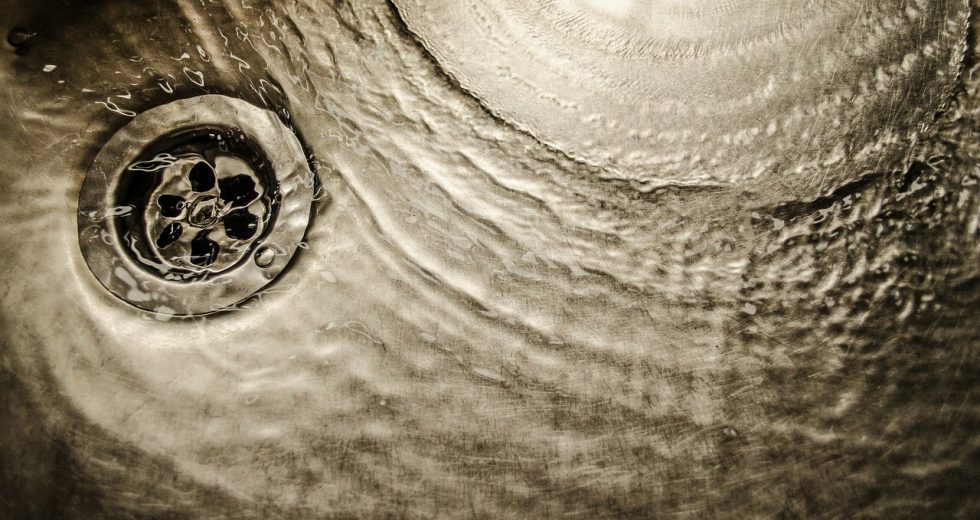Healthy habits begin at the tap, and the first step is understanding what flows into your glass. Many households reach for a water filtration system to improve safety and taste, and to build confidence in the kitchen. The goal is simple, remove what you do not want while keeping what helps you feel good. Strong health choices start with clear information, not guesswork or hype. Pay attention to hydration during busy days, and notice how taste shifts when you change your routine.
What might be in your tap
Municipal supplies are treated, tested, and reported, yet variation exists from street to street. Aging pipes, seasonal runoff, and maintenance work can nudge levels up or down. Typical concerns include trace contaminants and residual regulations markers such as chlorine. None of this means panic, it means paying attention to your water report and your home plumbing. If the smell is strong or the flavor seems dull, keep a log. Sensible monitoring and open communication with your utility lay the groundwork for smart decisions.
How filters actually help
Filters work by capturing particles, adsorbing chemicals, or forcing water through very fine membranes. Activated carbon removes many odors and some organic compounds, while reverse osmosis can reduce a broad list of dissolved solids. Sediment cartridges protect the downstream media so the finer stages can do their job. Not every model targets the same issues, so match the technology to your source report. Cleaner odor profiles and clearer appearance often show up within days of a good install.
Minerals, balance, and mouthfeel
Good drinking water does more than quench thirst, it feels right on the tongue. Essential minerals such as calcium and magnesium contribute to flavor and body, and most people prefer a balanced cup of water. The right balance depends on your baseline and your taste, so avoid overstripping when you do not need it. If you brew coffee or tea, you will notice a difference once you dial in your levels. Thoughtful adjustment and simple testing keep your glass lively without going too far.
Testing before choosing
You do not need a lab to start learning, though lab tests are great for deep dives. A home kit lets you check chlorine, hardness, and pH in minutes. For heavy metals or specific contaminants, consider a certified sample test. Pair results with your utility’s annual report to see patterns over time. Targeted testing prevents guesswork and points you toward the right reports to request. Clear numbers beat vague claims, and small trends help you spot changes early.
Picking a style that fits your life
Pitcher filters are simple, faucet mounts are quick, and under sink units free up counter space. Whole home systems cover showers and laundry as well. Think about family size, flow rate, and how often you want to swap parts. If cooking is a daily ritual, choose a model that fills pots quickly. When renters need flexibility, portable options shine. Practical pitcher setups suit small spaces, while robust under-sink units serve busy kitchens well. Match your capacity to real use, and value easy maintenance you will actually do.
Hardness, softeners, and comfort in the middle
Mineral hardness leaves scale on kettles and shower doors, and it can flatten flavors in delicate drinks. A softener exchanges calcium and magnesium for sodium or potassium, easing buildup and making soap work better. If you are addressing both taste and scale, plan the order of treatment carefully. Professional water softener installation Warren ensures correct sizing, proper drain routing, and safe regeneration. Tuning hardness to your preference makes cleaning easier and helps appliances last. Notice scale patterns in sinks, and track soap use after changes to confirm results.
Care and upkeep matter
Any filter is only as good as its upkeep. Cartridges clog with captured material, and membranes slowly lose efficiency. Follow the maker’s timeline, but let your experience guide you too. Slower flow or muted taste often signal it is time to swap parts. Keep a simple calendar reminder and stock spares before you run out. Fresh cartridges protect performance, and steady maintenance protects your wallet. Light routines beat last minute scrambles, especially when guests are on the way.
Microbiology and safety
Chlorine keeps public supplies safe, yet strong smells can put people off. If you remove disinfectant at the tap, protect the water on the clean side with careful handling, and use the system as designed. In some private wells, a UV stage adds peace of mind. Learn how stagnation affects taste and plan to flush lines after vacations. Healthy microbes management walks with responsible chlorination, not against it. A quick boil remains a classic backup, and small habits prevent avoidable issues.
Taste, cooking, and daily joy
Filtered water can lift the small moments, from morning coffee to evening soup. Cleaner flavor lets fruit infusions shine, while steady minerals help doughs and broths behave as expected. You do not need perfect chemistry to enjoy your meals, you just need a stable baseline. If your household mixes bottled and tap, try a blind taste test at the table. Clear aroma and consistent body close the gap between simple drinking and small ceremony. Follow your palate rather than marketing, and keep the ritual fun.
Cost and environmental notes
Bottled water is convenient, yet the price per liter adds up quickly, and the plastic footprint is real. A well chosen filter spreads cost across months and cuts trash at the curb. You still need to replace parts, but the total volume of waste is smaller. Make the numbers visible so the family stays on board. Practical cost planning and reduced plastic use are wins you can feel good about. A steady budget beats impulse buys, and lower waste keeps the pantry tidy.
Who should you trust for setup
Some people love weekend projects, others prefer a scheduled visit. If you want help, pick a plumber who understands local water reports and can recommend certified equipment. Ask for labels that list performance standards and look for third party verification. Keep the paperwork, the manual, and the contact card in one safe place. A certified install protects warranty terms and reduces annoying leaks. Solid support matters later, and clear warranty language saves time when questions come up.
Special cases for families and health needs
Infants, immune compromised relatives, and older adults may benefit from tighter control. In those cases, consider point of use solutions with specific certifications for pathogens or heavy metals. Doctors sometimes recommend certain mineral levels for taste and adherence to hydration plans. Schools and offices can also improve satisfaction with simple changes near break rooms. Tailored solutions respect unique needs, not one size fits all. Honest talks with caregivers help, and steady habits make the plan work day to day.
Conclusion
So, is filtered water healthier. In many homes the answer is yes, because you gain control, improve taste, and drink more throughout the day. The healthiest choice is the one that fits your source, your budget, and your routine, not the flashiest gadget. Start with a report, choose targeted tools, and keep them in shape. If hardness also bothers you, consider pairing filtration with a well tuned whole house water filtration Meadville to round off minerals without losing character. Thoughtful benefits show up in small moments, from crisp morning sips to relaxed family dinners. Keep the habit gentle, keep the goal clear, and let better water support a life that feels bright and steady.





